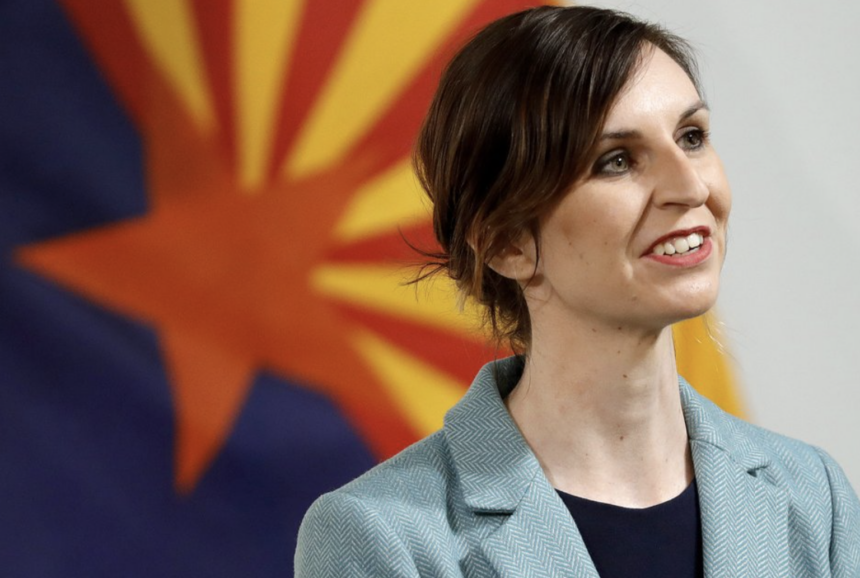Ducey rejects request for 2-week school ‘quarantine’

PHOENIX (AP) — Despite the state’s surge of coronavirus cases, Arizona Gov. Doug Ducey on Saturday rejected the state’s top education official’s call for him to order public schools to use only distance learning for the next two weeks unless they have waivers from health officials.
“Given the severity of our state’s situation and the virus’s trajectory after the holiday period,” schools need a “two-week quarantine period” for education leaders and local officials to use local health data “to decide the appropriate instruction model for their communities,” Superintendent of Public Instruction Kathy Hoffman said in a Twitter thread.
Hoffman called for the two-week “quarantine period” for schools after the Department of Health Services on Saturday — the second day of the new year — reported nearly 8,900 additional known COVID-19 cases, giving the state a two-day pandemic high for new cases.
However, Ducey spokesman C.J. Karamargin said the governor “will not be considering this request or issuing this kind of mandate. This is a local decision. The online option is already available, and the governor has repeatedly made his preference clear: Kids have already lost out on a lot of learning, and he wants schools opened, safely.”
Ducey, a Republican, and Hoffman, a Democrat, were aligned last spring when he ordered schools closed because of the coronavirus, but she voiced reservations during the fall as he urged schools to provide in-person learning.
Guidelines issued by Ducey’s administration during the fall let students remain in in-person classes beyond what earlier guidance would have recommended.
Many Arizona school districts in recent months have provided hybrid learning that includes both distanced and in-person instruction, while others either were already on remote learning or returning to it this month.
Many schools are set to resume classes in the coming week after the winter holidays.
Hoffman noted that educators are among groups included in a large category planned to be eligible fairly early for vaccinations against COVID-19, and she said she will continue to advocate that school personnel are prioritized for the shots “so that our schools can safely provide in-person instruction as quickly as possible.”″
“I look forward to a safe return of our teachers and students to the classroom. But now, we must do everything possible to help our health care workers and keep our teachers and students safe,” Hoffman added.
Added to the 10,060 COVID-19 cases that the state reported Friday, the 8,883 cases reported Saturday produced a two-day total of 18,943. The state’s previous two-day high was 17,649 on Dec. 13-14.
The statewide overall tally of cases since the pandemic began now stands at 539,150.
Arizona also reported 46 deaths on Saturday, increasing the pandemic’s total to 9,061.
The number of infections is thought to be far higher than reported because many people have not been tested, and studies suggest people can be infected with the virus without feeling sick.
Arizona had the second-worst COVID-19 diagnosis rate over the past week, behind only California. The diagnosis rate is calculating by dividing the state’s population by the number of new cases over the past week.
Hospital occupancy has surged during December due to the outbreak, and hospitals statewide remain nearly full, with only 7% of all inpatient beds available and not in use, according to the state’s coronavirus dashboard.
There were 4,484 hospitalized COVID-19 patients as of Friday, down from the pandemic-high record of 4,564 on Wednesday, according to the dashboard.
COVID-19 patients were in three of every five intensive care beds statewide and about half of all hospital inpatient beds.
The crush of COVID-19 patients has caused some hospitals in metro Phoenix and Tucson areas to suspend elective surgeries and some have resorted to turning away patients being transported by ambulance or being transferred from other hospitals while still accepting walk-patients needing emergency care.
Hospital officials also have said the crush of COVID-19 patients may force imposition of triage protocols that the state could order to help hospitals decide how to decide which patients gets access to limited resources.